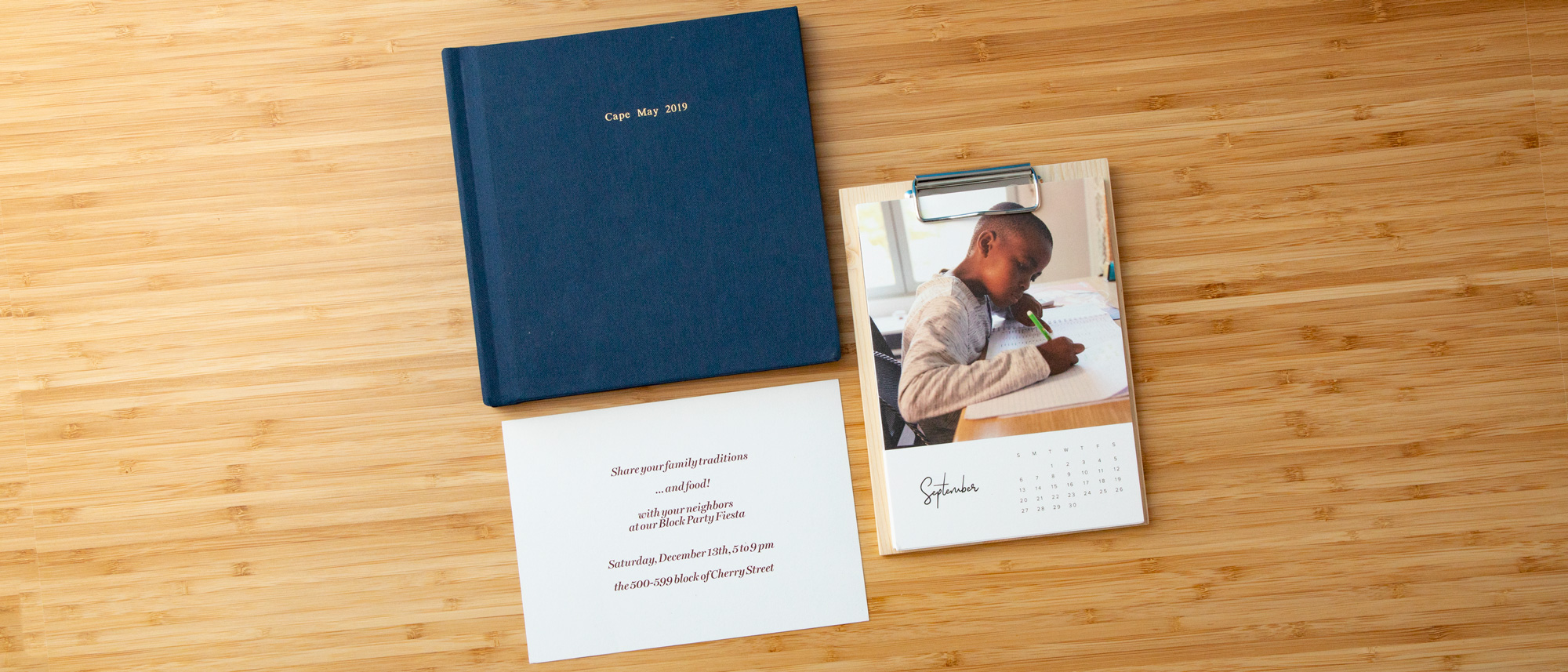Tom's Guide Verdict
Artifact Uprising's products are the type that would grace a traditional fine stationery store, with prices to match. Like Minted, Artifact Uprising’s paper is thick with a luscious feel, the styling is elegant and the photo reproduction is generally attractive. However, the lovely designs have no room for personal customization. If you'd rather pay less for attractive (though not as elegant) products with lovely photos that represent your personal creativity, use Mixbook.
Pros
- +
Elegant simplicity
- +
Quick workflow
- +
Physically gorgeous book
- +
Lovely calendar and card
Cons
- -
Very limited software
- -
Rigid non-customizable templates
- -
Expensive photo books
Why you can trust Tom's Guide
Artifact Uprising (artifactuprising.com) sets itself apart from most of the other services in the elegant styling of its print products. For instance, it has no wall calendar. Instead, it has only brass desktop easel or wood clipboard calendars, featuring 5 x 7-inch monthly cards. Its Everyday Photo Book is a cloth-covered hard-bound volume with a metallic hand-embossed title on the cover and spine. And Artifact uses fine quality papers equivalent to expensive white-glove stationery.
The downside to all this elegance is the lack of personal creativity allowed by Artifact's software. Plus, the products are rather expensive. When you want impressive gifts or cards with generally attractive photos, use Artifact Uprising or its direct competitor Minted. If you want to exercise your creativity with fun, versatile software that produces less expensive, less elegant, yet attractive print products, use Mixbook, which is our favorite service overall when it comes to the best photo books, best photo cards, and best photo calendars.
| Header Cell - Column 0 | Overall Product Rating | Software Rating | Printed Product Rating |
|---|---|---|---|
| Book | 3.5 | 3 | 4 |
| Calendar | 3.5 | 3 | 4 |
| Card | 3.5 | 3 | 3.5 |
What I liked
Elegantly streamlined
Artifact Uprising's minimalist software is simple, but that's because, like Minted, it has only a handful of options. Although AU's interfaces are elegant, offering a quick workflow, they don't deliver the fun experience or creative opportunities of popular sites such as Mixbook, Printique or Picaboo.
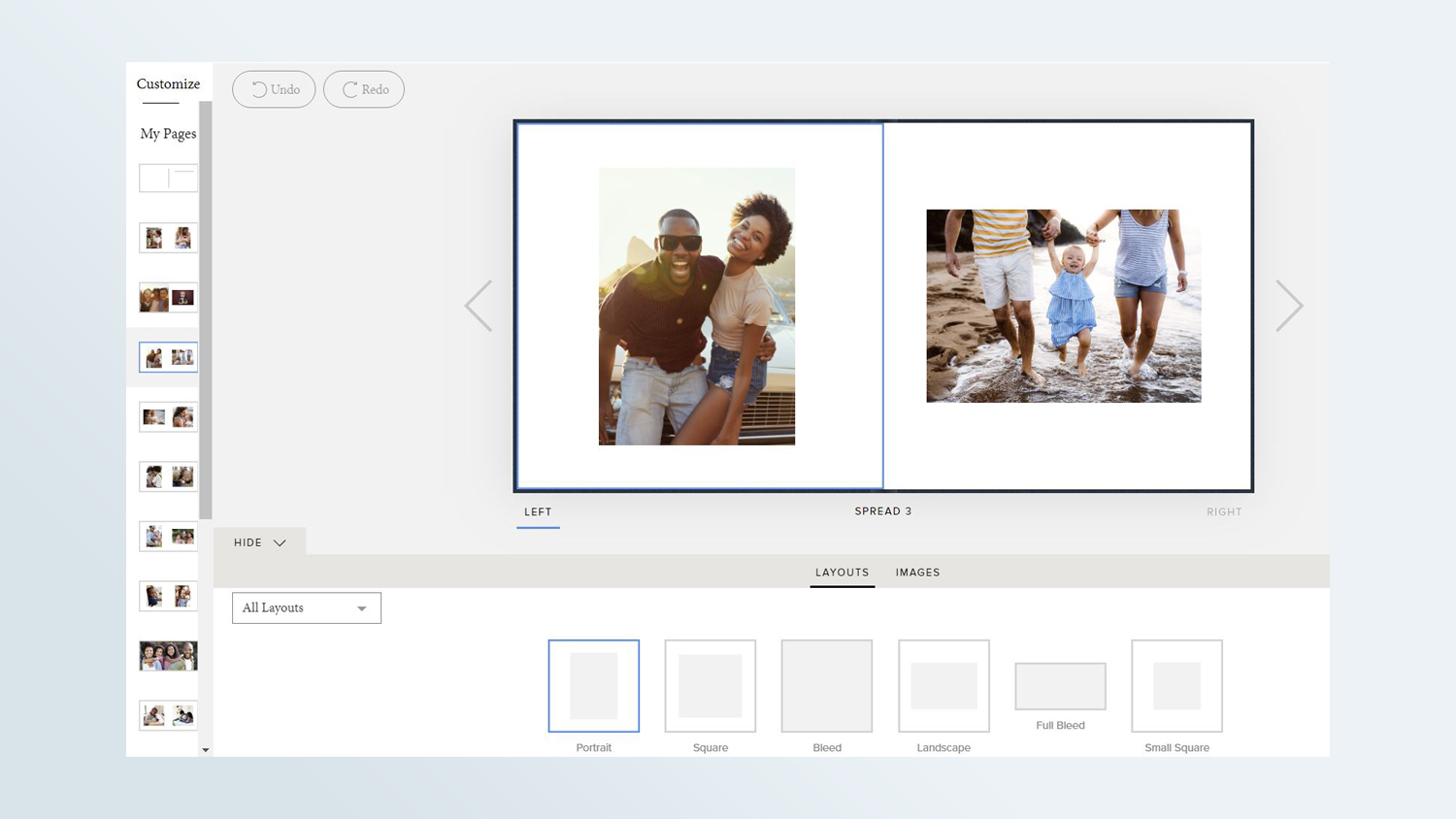
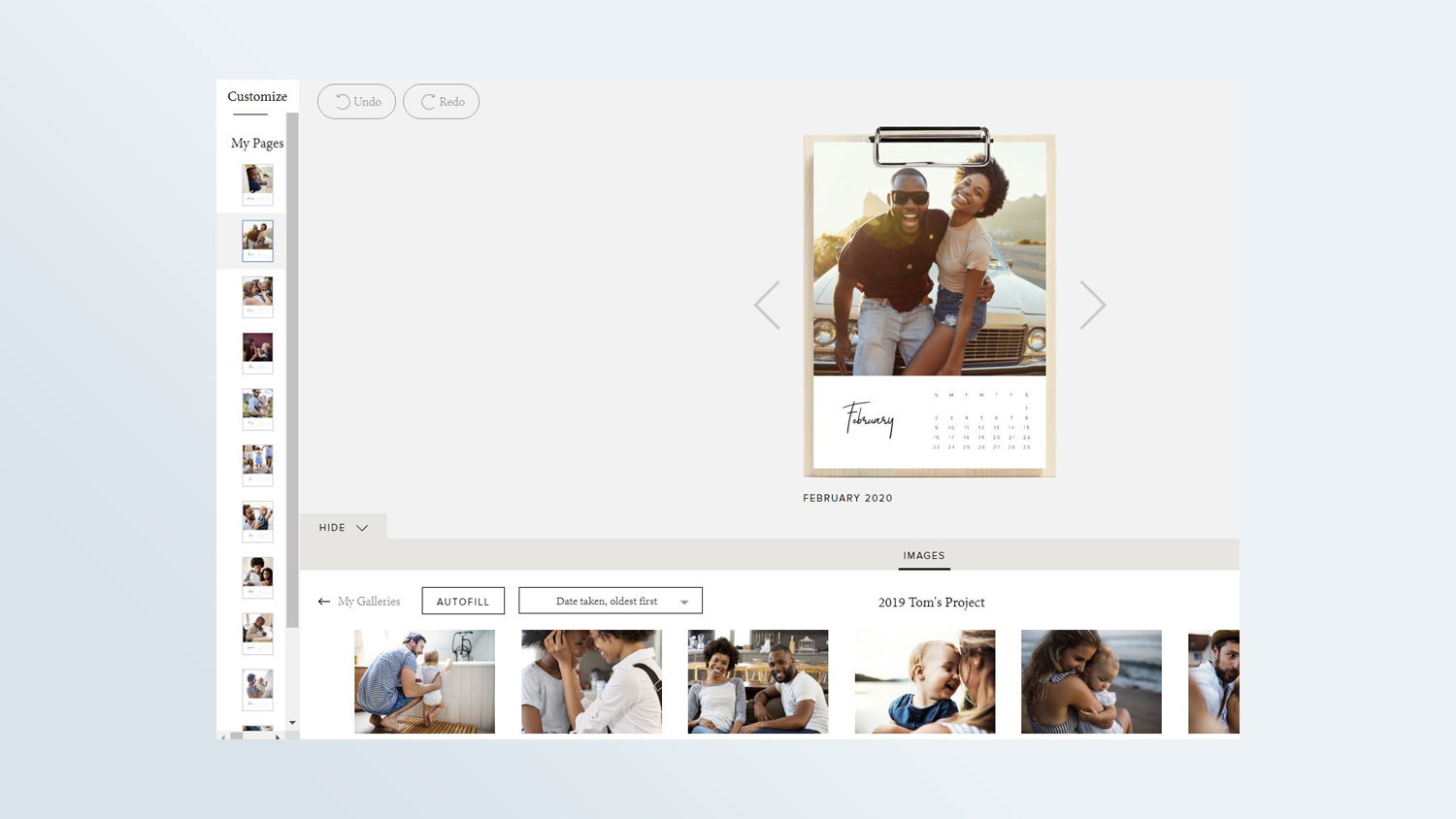
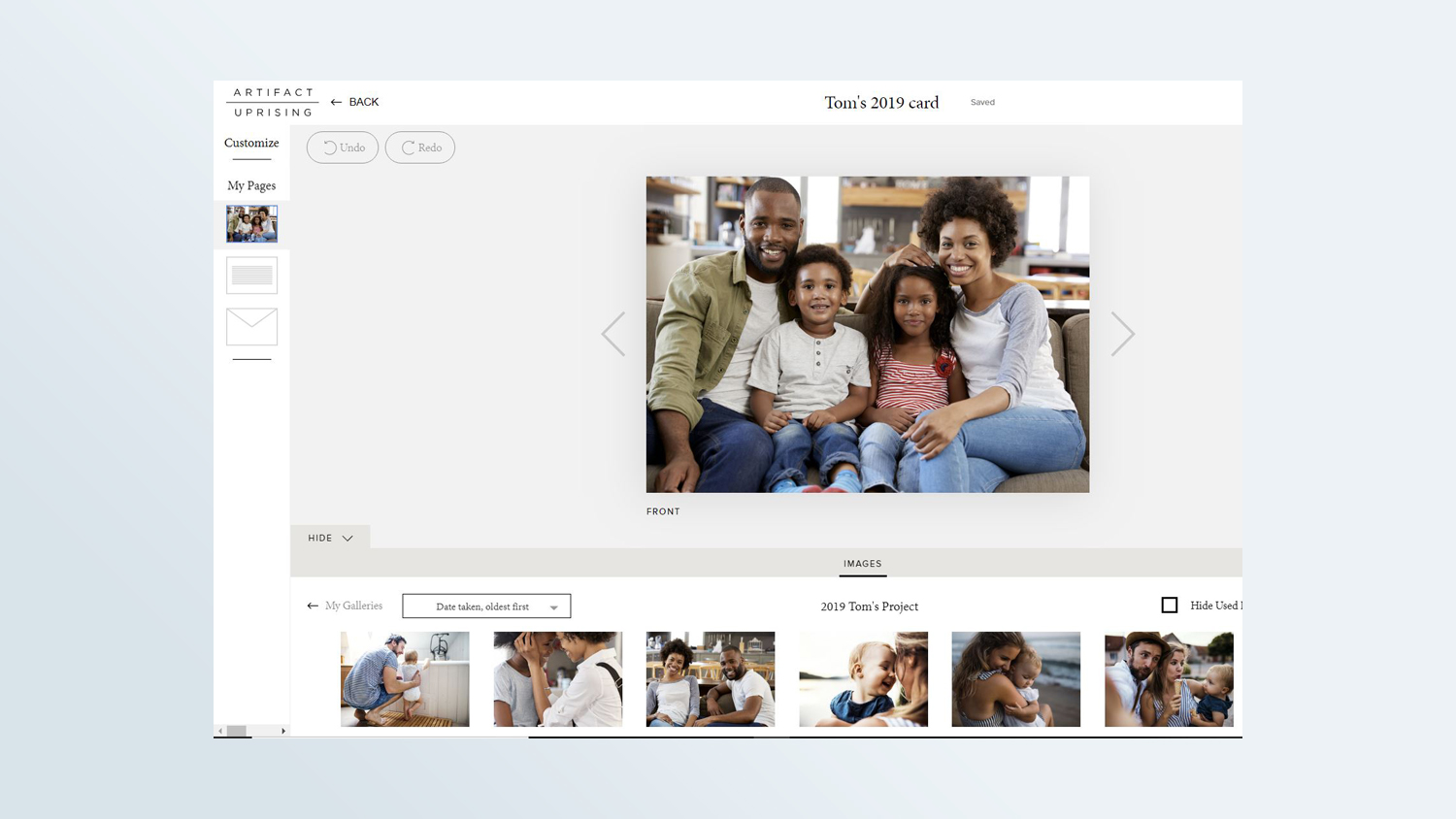
What I disliked
Limited creativity
The software's simplicity means that any AU card, book or calendar you create won't have your personal imprint. Instead, AU provides very stylish designs in which all the elements are fixed in place. For instance, the template I chose for my card has only a single image (and no text) on the front and either text or an image on the back. The Everyday photo book has no text and allows only one picture per page, which cannot be moved, resized or rotated. And the only calendar template has no optional text and requires that each month's single photo be square or croppable to a square.
The only photo-edit options are crop, color or black & white, move or rotate the photo within the placeholder, and a brightness slider.
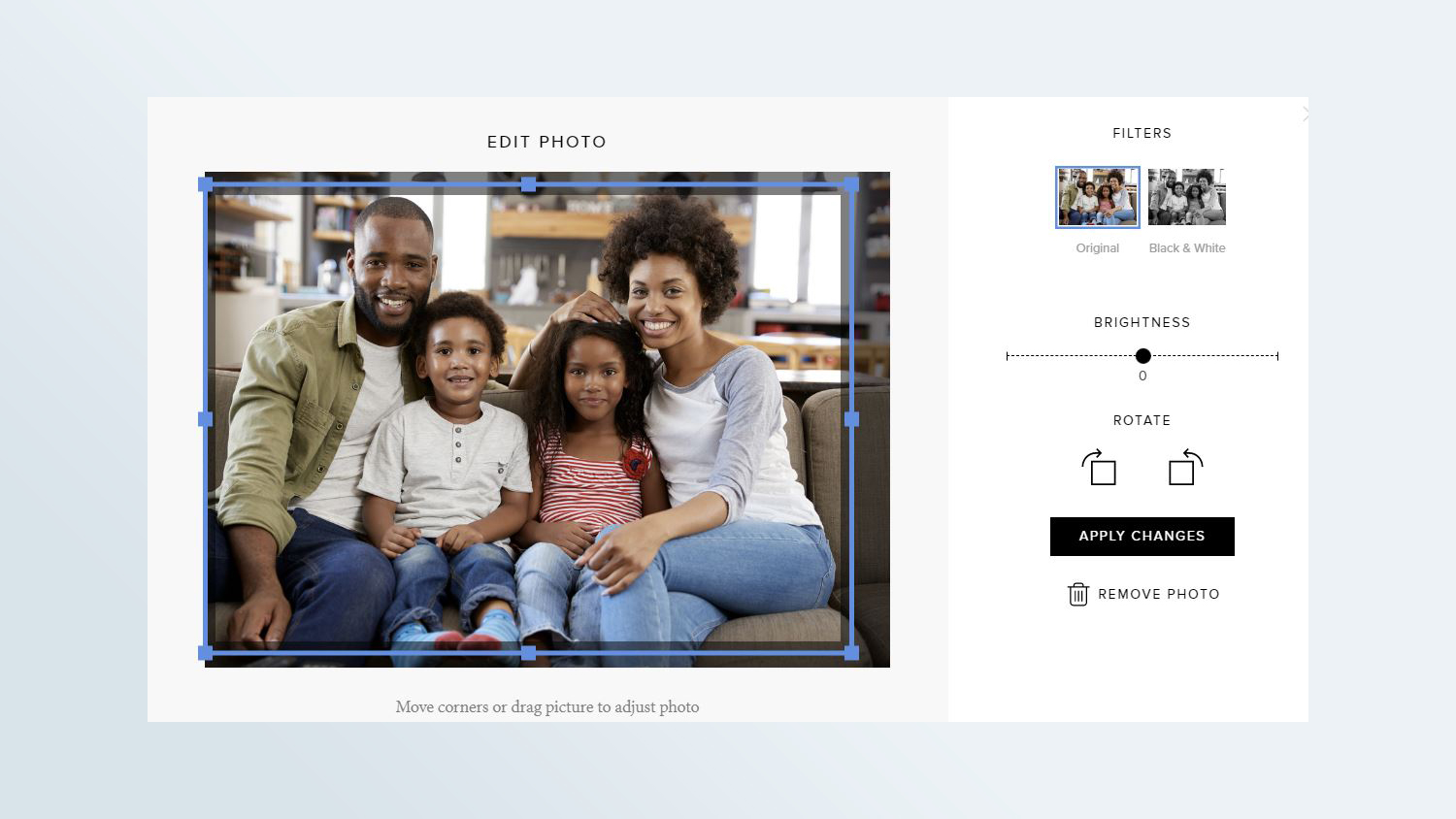
Artifact Uprising has no clip art, backgrounds, borders and such. And the Customize sections provide options only for the setup of the product. For instance, in the calendar interface, it offers a choice only of the starting month and the font that will be used for the months.
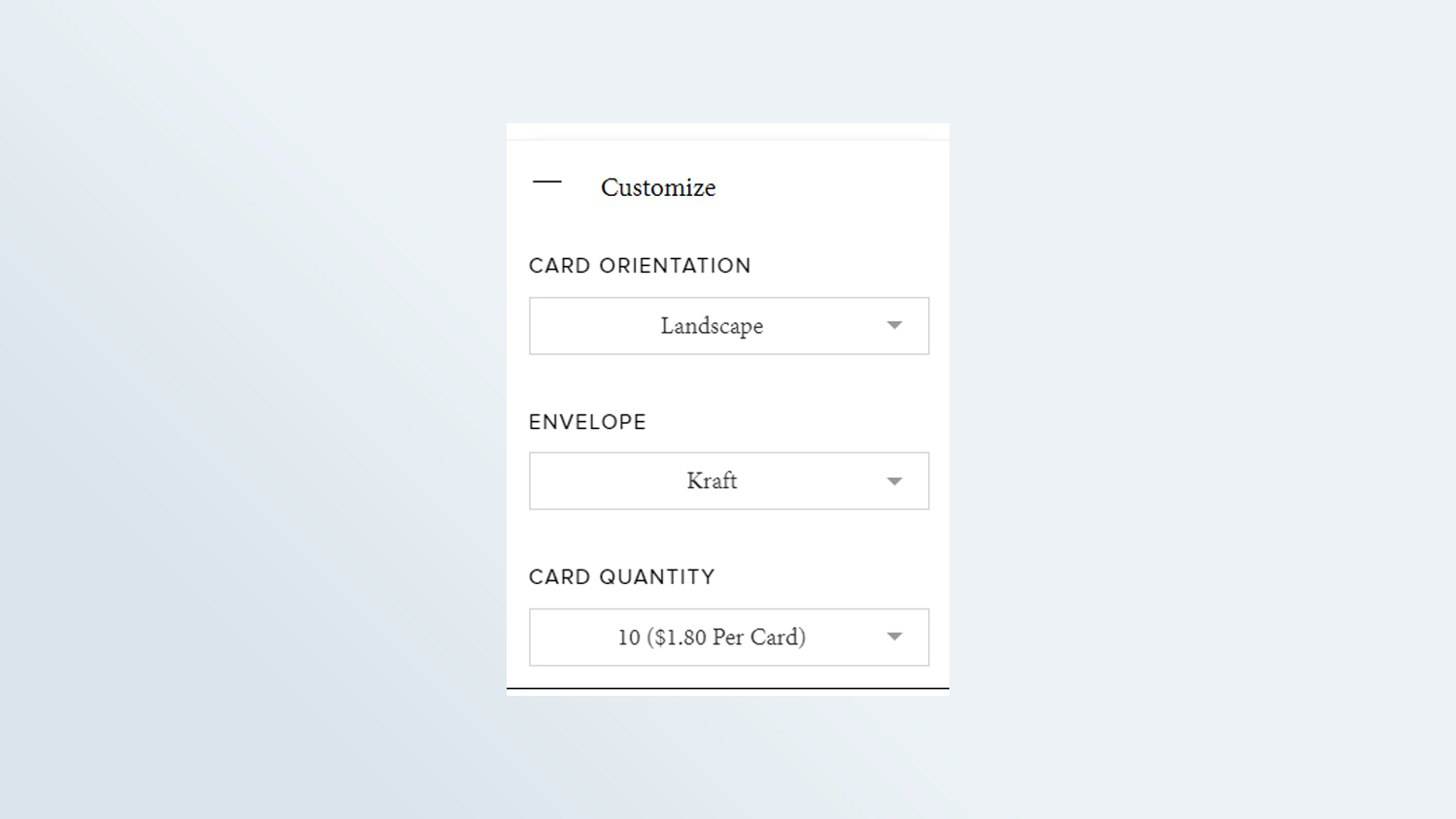

The printed projects
Artifact Uprising's physical book and calendar were stunning, while the card was merely attractive.
MORE: Best Photography Gifts 2018
Artifact Uprising photo book
The jury couldn't keep their hands off the gorgeous AU photo book. The cloth cover has attractive hand-embossed gold type (and no photos). However, the embossed type was not centered. The beautiful gray linen end papers were a nice contrast to the dark-blue cover. The smooth, thick board pages added to the feeling of quality. The binding was clean, tight and professional.
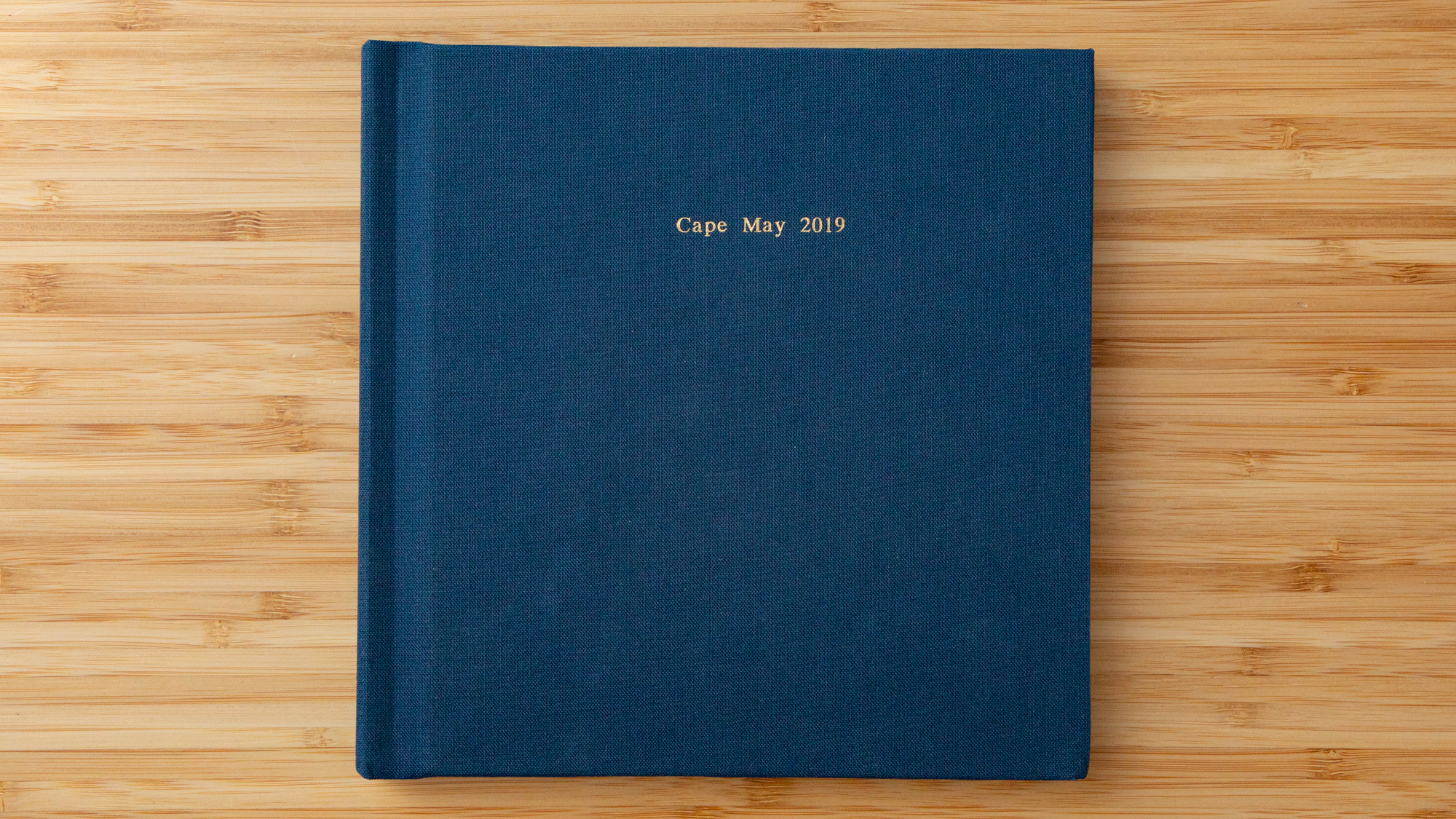
Photo reproduction was appealing and consistent. Color was well-balanced among the different skin tones. However, shadows lacked some detail, highlights tended to be muted and details were softened.
Artifact Uprising photo calendar
Unlike the other photo-calendar services we tested, Artifact's calendar consists of thick individual 5 x 7-inch cards with a luscious vellum texture. (Some of the other services have small calendars suitable for hanging or for the desktop, but they all have wall calendars. Artifact has only the small calendar.) My calendar came with a smoothly milled wood clipboard with a magnet on the back for attaching it to a file cabinet, refrigerator or similar metal surface. The off-white card stock adds a slight golden tone to the photos.
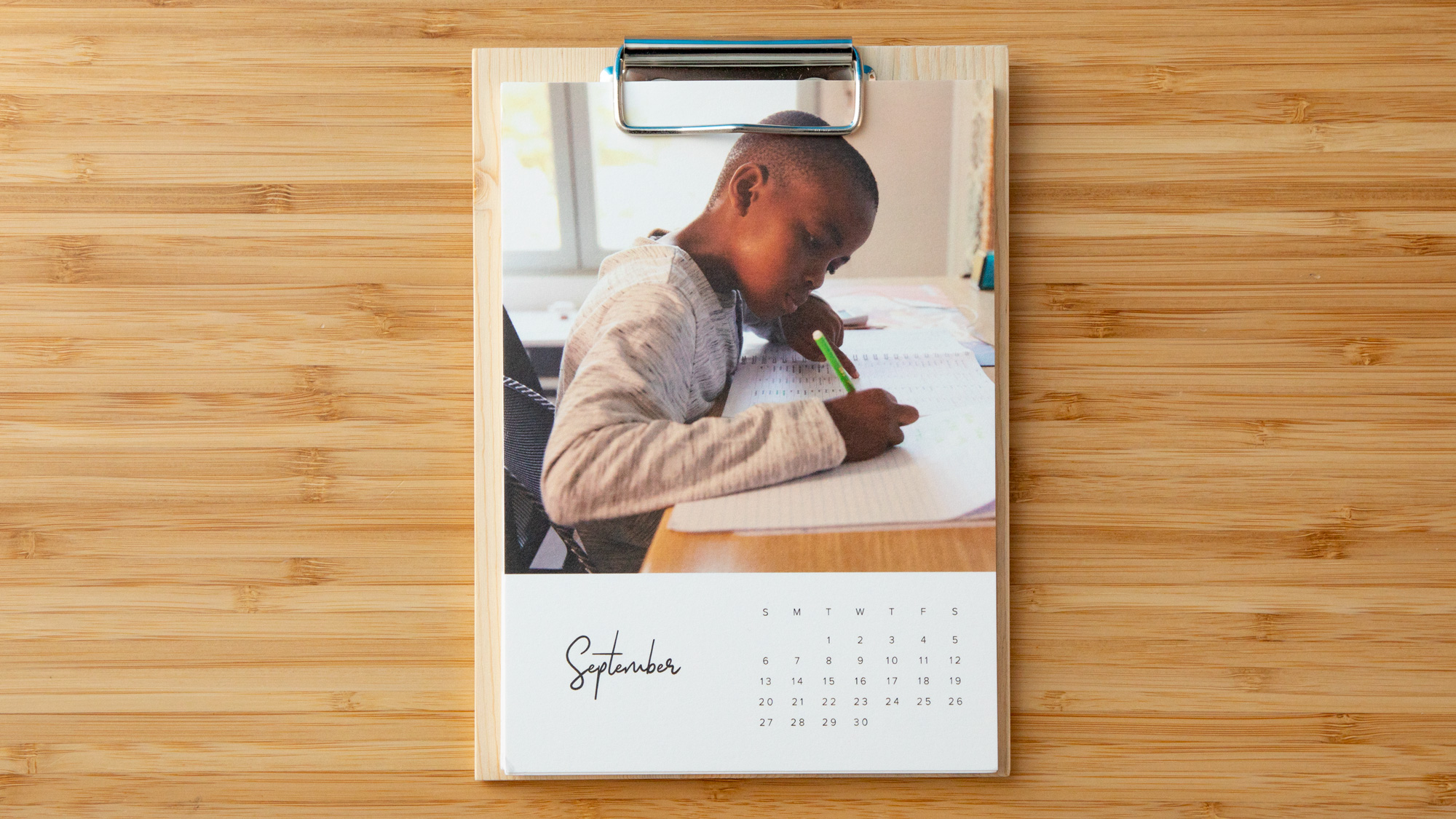
The photos have good color that's well-balanced for the various skin tones, and the tonal gradation was lovely. While it has better highlights than Minted and the dynamic range was almost as wide as Printique's calendar, AU's darkest shadows were a bit severe, blocking out some detail. The one brightest photo was a bit overexposed.

Artifact Uprising photo card
Our photo card was printed on a nice medium-weight matte card stock, which had a pleasantly tactile texture. However, it was thinner than Minted and Shutterfly's cards. The photos were colorful and sharp, though their dynamic range was muted. Some dot pattern is obvious and darker shadows are blocky with loss of detail. Type was solid and clean, with slightly cramped leading.
Pricing and options
My 30-page, 7 x 7-inch, fabric-covered Artifact Uprising "Everyday" book cost $49, which included the hand-embossed title in gold, silver or bronze. That book style isn't available in other sizes, nor are other styles available in that size. Other fabric-covered hardcover books with a photo dust cover start at $60 for an 8.5 x 8.5-inch, 50-page book. And a lay-flat fabric-covered hardcover with a foil embossed title starts at $149 for an 8.5 x 8.5-inch, 20-page book.
MORE: The 10 Best Photo Storage and Sharing Sites
AU has a decent variety of books, with a focus on weddings (plus a couple specific to baby pictures). For instance, a wedding guest book that has 20 pages of photos with space for guests to write notes starts at $139 for an 8.5 x 8.5 book. An 8.5 x 8.5-inch, 30-page softcover that connects to your Instagram, Dropbox and other accounts so you don't need to upload photos is available in a 30-page, 5 x 5-inch version for $15 or an 8.5 x 8.5-inch version for $28.
My wood clipboard AU calendar consisting of 5 x 7-inch individual month cards cost $25. A gift message is free; gift wrap costs $10. The same calendar on a solid-walnut clipboard costs $30. If you want your clipboard to be "Solidwool," a composite made of sheep fleece, the price would be $40. And the calendar on a brass desktop easel instead of a clipboard would cost $55.
My 5 x 7-inch AU card cost $1.80 each for 10 cards. If I had purchased a quantity, the price per card would have gone down, as far as $1.30 for 175 cards. The free envelope may be kraft (brown), white or iron gray. AU has a small variety of card styles, a number of which have no photos, including folded, with foil accents and "hand-lettered." The cards are available in 5 x 7 inches, 5 x 5 inches and 4 x 8.5 inches. Prices for quantity purchases are as low as $1 each for some styles and sizes.
The other AU photo products include photo prints, wedding-specific stationery (such as RSVP cards and table number cards), various attractive photo frames and a small brass and wood display box for your photos.
Bottom line
If you want elegance regardless of the cost and don't care about your photo products having your creative imprint, consider using Artifact Uprising (or Minted for a wall calendar). But if you want good quality (though more commonplace) products, lovely photos and fun software that enables your inner artist, go with Mixbook.
Sally Wiener Grotta is the president and lead analyst of DigitalBenchmarks test lab (www.DigitalBenchmarks.com). The scripts she created for various tech publications for testing and evaluating digital cameras, image quality, software and related technologies have become industry standards. Among her numerous books is the first major volume on image processing “Digital Imaging for Visual Artists” (McGraw-Hill), co-authored with Daniel Grotta. Her hundreds of reviews, stories and columns have appeared in scores of magazines, journals and online publications.
